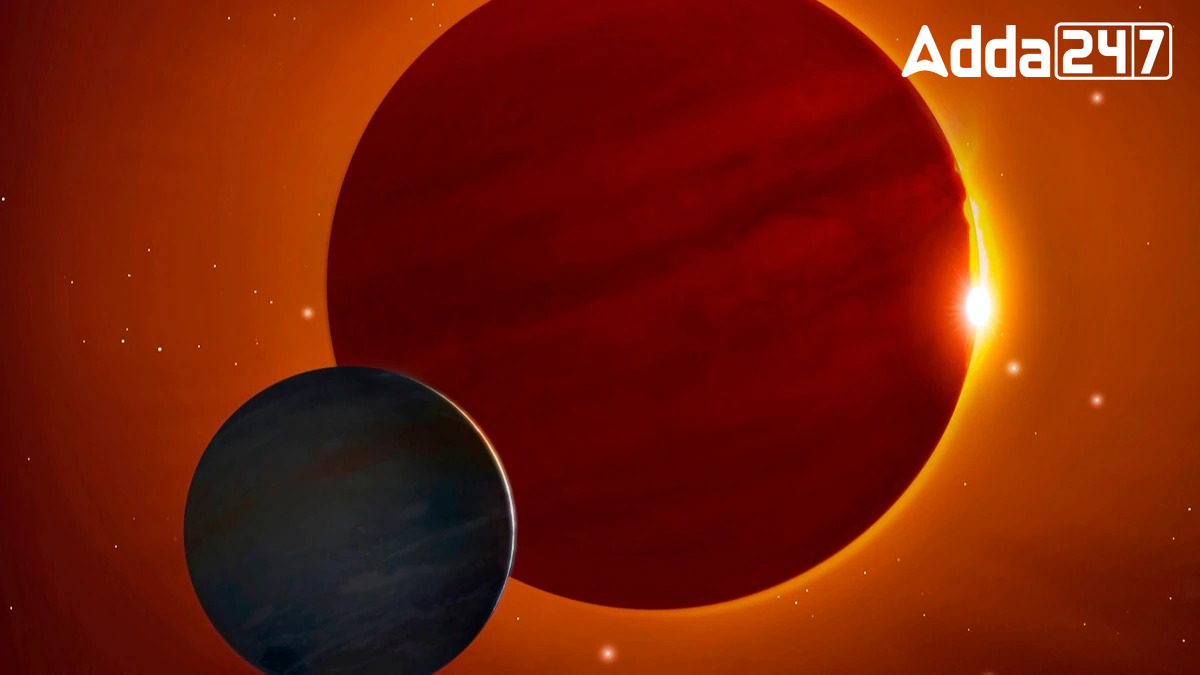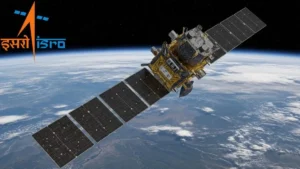NASA has achieved a significant milestone with the discovery of six new exoplanets: HD 36384 b, TOI-198 b, TOI-2095 b, TOI-2095 c, TOI-4860 b, and MWC 758 c. This brings the total number of confirmed exoplanets outside our solar system to 5,502, marking a remarkable advancement in our understanding of the universe and the potential for extraterrestrial life.
Background on Exoplanet Discovery
Approximately 31 years ago, the first exoplanets were confirmed in 1992 with the detection of Poltergeist and Phobetor orbiting the pulsar PSR B1257+12. By March 2022, the count of discovered exoplanets had surpassed 5,000, reflecting the rapid progress in the field.
Characteristics of the Newly Discovered Exoplanets
- HD 36384 b: A super-Jupiter orbiting an M giant star nearly 40 times the size of the Sun.
- TOI-198 b: Potentially rocky, located on the inner edge of its star’s habitable zone.
- TOI-2095 b and TOI-2095 c: Hot super-Earths orbiting the same M dwarf star.
- TOI-4860 b: A rare “hot Jupiter,” completing an orbit every 1.52 days around an M dwarf star.
- MWC 758 c: A giant protoplanet orbiting a young star with a protoplanetary disk, offering insights into early planetary formation.
Detection Methods
These exoplanets were identified using various techniques:
- Radial Velocity: Measures the stellar wobble caused by orbiting planets.
- Transit Method: Detects dimming of starlight as planets pass in front of their host stars.
- Direct Imaging: Used for identifying MWC 758 c.
Impact of Space Telescopes
NASA’s Transiting Exoplanet Survey Satellite (TESS), launched in 2018, has been crucial in discovering thousands of exoplanet candidates. Other space telescopes, including Spitzer, Hubble, and the James Webb Space Telescope, have also played significant roles in exoplanet research.
Future Prospects
Looking ahead, NASA plans to launch the Nancy Grace Roman Space Telescope in May 2027, which will feature a coronagraph instrument designed for direct imaging of exoplanets. This technology may lead to future missions like the proposed Habitable Worlds Observatory, aimed at searching for signs of life on exoplanets.




 ISRO Launches RESPOND Basket 2025, Calls...
ISRO Launches RESPOND Basket 2025, Calls...
 LVM3-M6 Rocket Set to Launch on December...
LVM3-M6 Rocket Set to Launch on December...
 Michaela Benthaus to Make History as Fir...
Michaela Benthaus to Make History as Fir...







